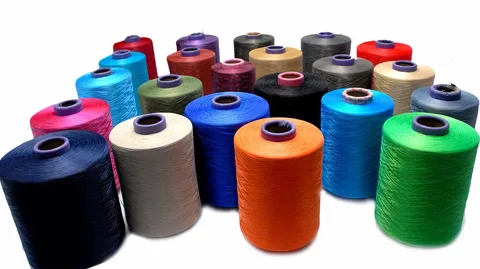Introduction
The Yarn DXL Subshell is an advanced scripting environment used for executing commands within DXL scripts. It enhances automation processes and allows developers to manage dependencies efficiently. In this article, we will explore Yarn Shell DXL, DXL Script Executor, and other related terms to provide an in-depth understanding of the subject.
What is Yarn DXL Subshell?
The Yarn DXL Subshell is a command execution environment that operates within the DXL scripting framework. It provides a structured way to execute scripts, manage processes, and handle automation workflows. This subsystem is essential for developers working with IBM Rational DOORS and those who require automation in their scripting environments.
Key Features of Yarn DXL Subshell
- Automation in DXL – Simplifies repetitive tasks by automating script execution.
- Dependency Management – Uses Yarn’s powerful package manager for handling script dependencies.
- Subshell Execution – Allows running commands inside a controlled subshell environment.
- DXL Script Handling – Provides tools for efficient DXL script execution and debugging.
- Contextual Relevance – Ensures scripts run within the proper DXL execution context.
Why Use Yarn DXL Subshell?
The Yarn DXL Subshell is widely used for:
- Managing DXL Scripts Efficiently – Helps developers execute scripts without leaving the primary scripting environment.
- Running External Commands – Facilitates integration with external command-line tools.
- Improving Workflow Automation – Reduces manual intervention and increases efficiency in DXL-based automation.
Related Keywords and Concepts
1. Yarn Shell DXL
This term refers to the integration of Yarn and DXL for managing and executing scripts in a structured manner.
2. DXL Script Executor
A component responsible for running DXL scripts, ensuring error handling, and improving script execution efficiency.
3. DXL Subprocess Handler
A feature that manages subprocess execution within a DXL environment, ensuring proper resource utilization.
4. Yarn Dependency Shell
This function helps in managing dependencies efficiently when running DXL scripts with Yarn.
5. DXL Command Line Interface (CLI)
A command-line tool used for executing DXL scripts, automating tasks, and interacting with the DXL runtime environment.
6. Subshell Execution in DXL
A method that allows running scripts in isolated environments, preventing conflicts between different script executions.
7. DXL Scripting Environment
The ecosystem where DXL scripts are developed, tested, and executed to automate various tasks.
8. Yarn Package Shell
A component that helps in installing and managing DXL script dependencies using Yarn’s package management system.
9. DXL Shell Runner
A script runner that executes DXL commands and ensures script dependencies are resolved properly.
10. DXL Automation Subshell
A specialized subshell environment designed for automating DXL scripts execution and streamlining workflows.
Benefits of Using Yarn DXL Subshell
- Reduces Manual Effort – Automates script execution, reducing the need for manual interventions.
- Enhances Performance – Optimizes script execution speed and efficiency.
- Improves Error Handling – Detects and manages script errors effectively.
- Simplifies Dependency Management – Uses Yarn’s robust package manager for handling dependencies.
How to Use Yarn DXL Subshell?
- Install Yarn – Ensure that Yarn is installed and configured for managing dependencies.
- Set Up the DXL Environment – Configure the DXL scripting framework for execution.
- Execute Commands in Subshell – Run scripts using subshell execution methods.
- Manage Dependencies – Use Yarn package management to handle DXL script dependencies.
Conclusion
The Yarn DXL Subshell plays a crucial role in DXL scripting and automation. It simplifies script execution, enhances workflow efficiency, and provides seamless integration with external tools. By leveraging Yarn Shell DXL, DXL Script Executor, and other related tools, developers can create robust and scalable automation frameworks.
FAQs
1. What is the purpose of Yarn DXL Subshell?
It provides a structured environment for executing DXL scripts, managing dependencies, and automating tasks.
2. How does Yarn Dependency Shell help in scripting?
It ensures smooth dependency management when executing DXL scripts using Yarn.
3. Can I use Yarn DXL Subshell for automation?
Yes, it allows automating workflows, managing processes, and executing scripts efficiently.
4. What are the benefits of using DXL Shell Runner?
It enhances script execution efficiency by resolving dependencies and managing execution errors.
5. Is DXL Command Line Interface necessary for running scripts?
Yes, it provides an efficient way to run scripts, interact with the DXL environment, and execute commands seamlessly.
